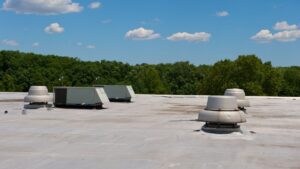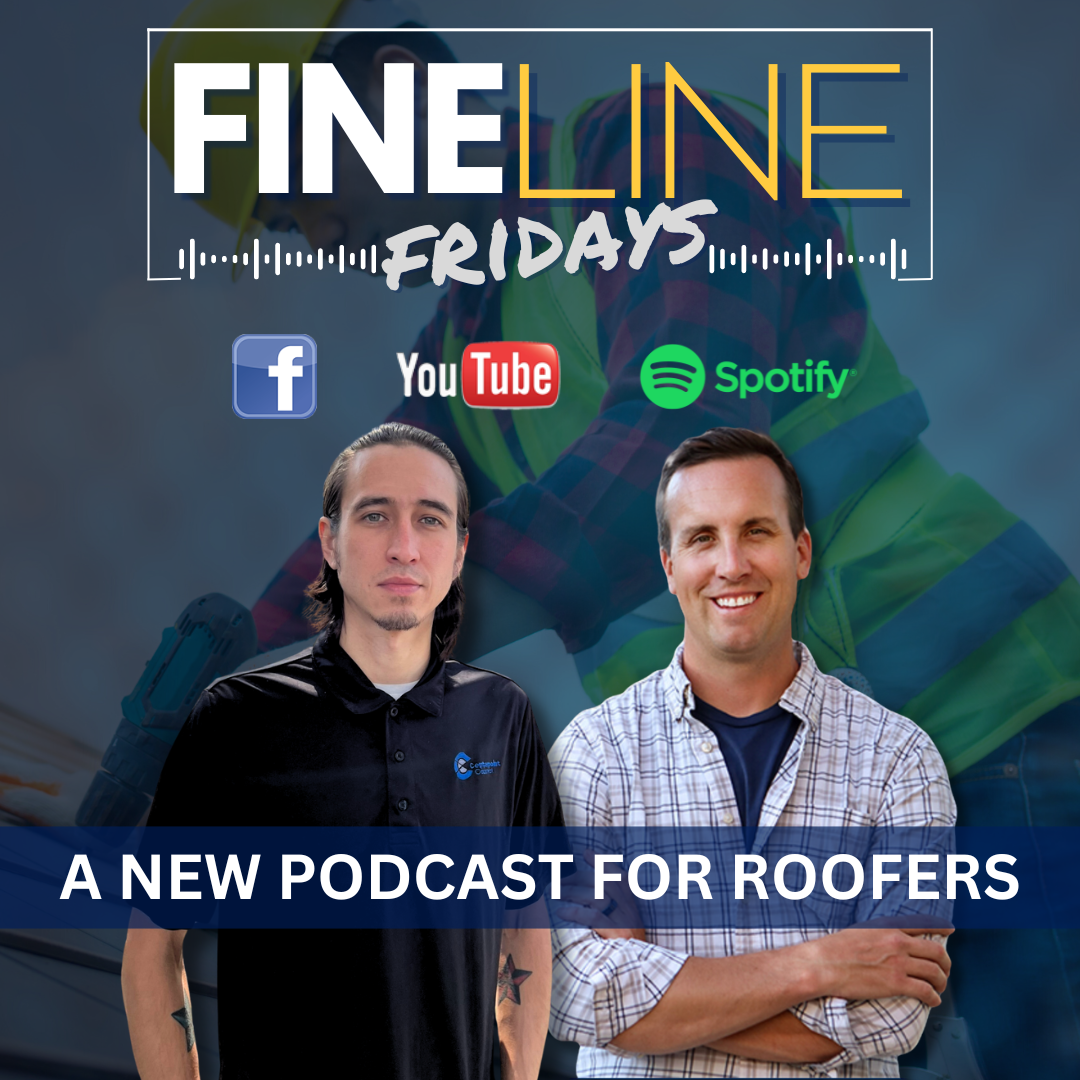Top 8 – Roofing Industry Specialty Products
These products are created based upon OSHA requirements, Tenant requests, and “Add-Ons” (upsells for quoted services).
Performance: These products are based upon a planned event and planned services.
Features: Different features are attributed to each product.
Reliability: Scheduled work. Reliable due to the standardization of the products.
Conformance: Product will meet specifications if completed according to manufacturer specifications, NRCA specifications and your own quality process requirements.
Durability: Each product has its own life cycle.
Serviceability: Capacity will not be an issue because it is a planned event and is scalable. Some of the Products may require Construction Operations due to being “add-ons” to construction projects to successfully complete.
Esthetics: The product is subjective.
Perceived Quality: Pricing is created by specific product and Client request (scope of work and site conditions).
Specialty Products are the following:
1. OSHA Compliant Roof Hatch Railing System – OSHA Regulation 1910.23 Guarding floor and wall openings and holes, states that:
(a)(2) Every ladder way floor opening or platform shall be guarded by a standard railing with standard toe board on all exposed sides (except at entrance to opening), with the passage through the railing either provided with a swinging gate or so offset that a person cannot walk directly into the opening.
(a)(3) Every hatchway and chute floor opening shall be guarded by one of the following: 1910.23
(a)(3)(I) Hinged floor opening cover of standard strength and construction equipped with standard railings or permanently attached thereto so as to leave only one exposed side. When the opening is not in use, the cover shall be closed, or the exposed side shall be guarded at both top and intermediate positions by removable standard railings. The Roof Hatch Safety Railing System meets OSHA Standards 1910.23 and 1910.27 by protecting the hole while the roof hatch is open and by providing the proper extension of a fixed ladder to a platform. In this case the platform is the roof.
2. OSHA Compliant Skylight Guard System – These regulations are included in 29 CFR 1910, Subpart D—Walking-Working Surfaces. 29 CFR 1910.21(a)(1) of the same Subpart defines floor opening as: An opening measuring 12 inches or more in its least dimension, in any floor, platform, pavement, or yard through which persons may fall, such as a hatchway, stair or ladder opening, pit, or large manhole. OSHA concludes that a skylight should be regarded as a hatchway, i.e., an opening in the roof of a building through which persons may fall. 29 CFR 1910.23(a)(4), therefore, requires that skylights in the roof of buildings through which persons may fall while walking or working should be guarded by a standard skylight screen or a fixed standard railing on all exposed sides. As expressed in 29 CFR 1910.23(e)(8), the primary function of the screen is to support at least a 200-pound load such as a person may place upon it. This provision further relates that the screen shall provide a minimum deflection so as not to break the glass; but that portion of the requirement may be inapplicable when no glass is present. (The concern for breaking the glass results from the obvious of not allowing someone to fall through the opening the less understood is possible fragment exposure to persons beneath the skylight.
3. Tenant Improvements – When a tenant improves their interior space, they may need to penetrate the existing roof system. An example would be adding an HVAC unit. The HVAC unit requires the installation of a curb and perhaps other roof system components to keep the building watertight. By working with the Building Owner to be the preferred roofing contractor, you provide the owner with peace of mind (you will ensure all components are in place to eliminate water infiltration into the building envelope). Tenants will usually be invoiced for the charges. Special consideration on viability of tenant having funds to pay for the services.
4. Non-Destructive Testing – Thermal imaging / infrared testing of a roof system and other areas of the building envelope (penthouse, curtain walls) assists the Client and your company in determining roof condition. You may have limited equipment. The services may be subcontracted to a third party. Special considerations are needed for the exact scope of the project to estimate the Client’s fee.
5. Prefabricated Supports – Day in and day out, the system of pipes and conduit on the roof of a client’s building is in motion, expanding and contracting with the fluctuation in temperatures. The pipes, mounted on wooden blocks, move back and forth continuously, which may rip holes in the roof membrane. The pre-manufactured solutions support rooftop pipe, conduit, duct, cable trays, walkways, crossovers, and mechanical units that prevent damage to the roof membrane and effectively support a variety of loads and sizes. The base of each prefabricated stand prevents gouging and ripping of the roof membrane. The pipe stands are designed to absorb the friction from thermal expansion and contraction reducing the friction from movement that may normally damage the roof.
6. Grease Guards – Grease guards are used to assist in curtailing animal fats being deposited on a roof membrane through a kitchen vent (such as in a restaurant, hotel, hospital). Animal fats along with sunshine deteriorate roof membranes. The addition of a grease guard to a kitchen vent can prolong or extend the life of a roof.
7. Exterior Drainage Systems – Gutters and downspouts.
8. Building Envelope Services – Clients may require additional building envelope services that you can subcontract to be a “one-stop-shop” for our clients. These services may consist of atrium window re-glazing, brick or stone masonry, siding installation, or fascia painting, etc.
| Specialty Products | |
| Selling Points: Benefits | Objections or Challenges |
|
|






